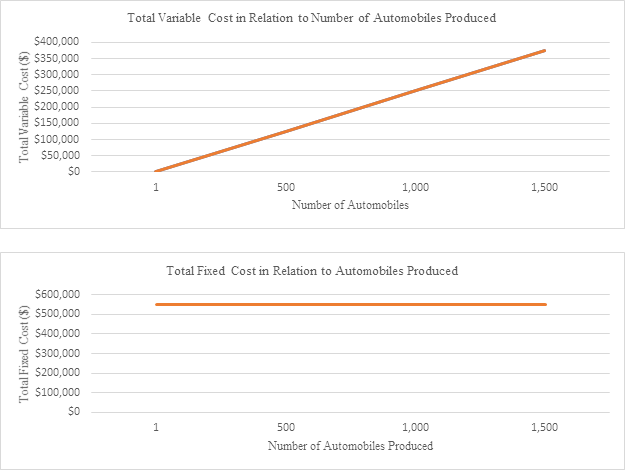Job-order costing Job-order costing is often thought of as a costing method for producers of custom goods. However, this method is well-suited for service companies as well. In a job-order costing system, companies assign costs such as direct labor or direct materials directly to jobs as they are incurred. Kursovaya rabota po strizhke kaskad. In addition, the company allocates overhead, such as utilities costs, insurance costs and licensing fees, to jobs based upon a predetermined overhead rate.
This rate is based upon an estimate of the total amount of overhead costs the company is expected to incur throughout the year. This method allows for companies to make timely estimates of job costs and ensure that all costs of rendering services are applied to jobs. Activity-based Costing Activity-based costing methods are well-suited to service companies, because they offer flexibility that job-order costing systems do not. Like job-order costing, activity-based costing assigns traceable costs directly to jobs; however, overhead costs are assigned to jobs based upon different activities. For example, in a cleaning company, workers may take customer orders, schedule appointments, clean houses and clean offices.
Jump to Eliminating the Cost Driver – A Real Life Example - In this case, the cost driver was the actual service that was provided by the company. For this example, if the firm multiples total cost by 1.25 (a mark-up of 25% above total cost), then the average price of an audit engagement would be $46,724. Using a cost-driver approach, the firm would still allocate all of the direct costs of the engagements as shown in Table 2.
An activity-based costing system assigns the overhead incurred during each of these tasks to jobs based on the activity that produces the overhead. In our cleaning company example, the driver of overhead costs in the customer orders activity may be the number of phone calls received from customers. Using this method, a job that required three phone calls to set up would be assigned more overhead than a job that only required two calls. Actual Costs Plus Some small-business service companies simply take the actual measurable costs for a company and then add a percentage of these costs as overhead. While this method is crude, if the proportion of overhead costs to other costs is relatively constant, this method can be useful.
Companies that use this approach should be careful to reconcile the difference between the overhead costs applied and the actual overhead costs at the end of the year. If this reconciliation is not performed, then accounting records could be severely misstated. Set Costs Some service-based companies simply record a set cost for each job. If every job is the same, this method will yield acceptable results; however, this is not often the case. Companies that employ this method may have difficulty making decisions about the profitability of certain clients. By recording a set cost, less profitable jobs will be systematically undercosted and more profitable jobs will be overcosted.

This provides poor information for business owners and other decision-makers.